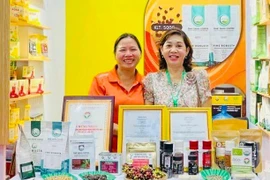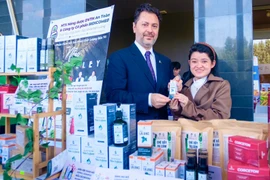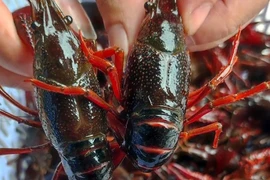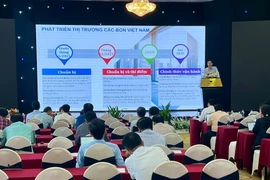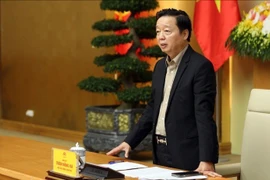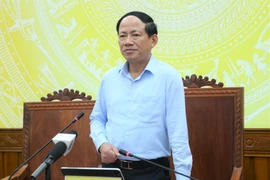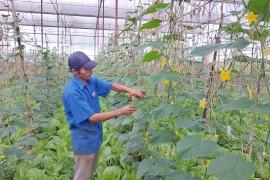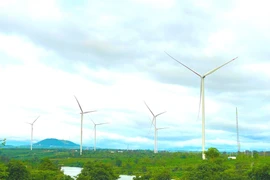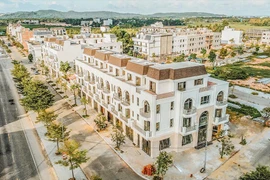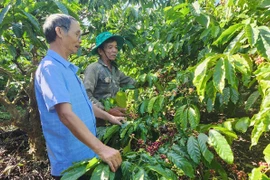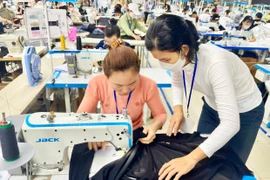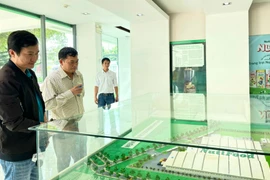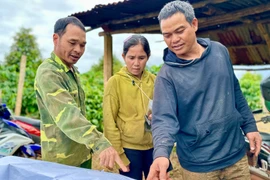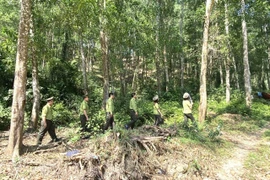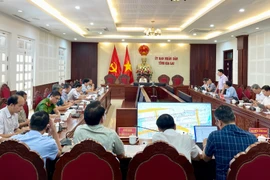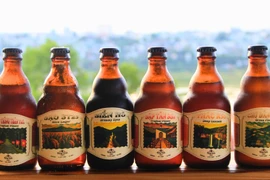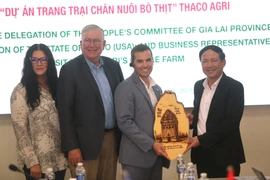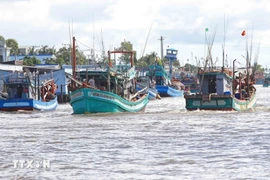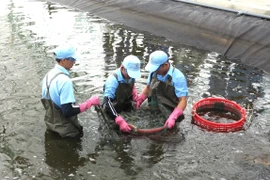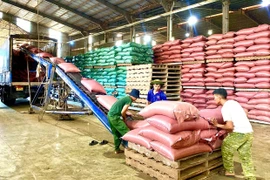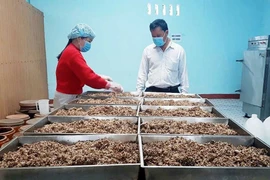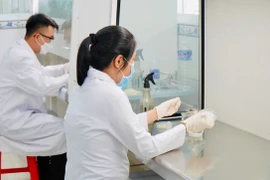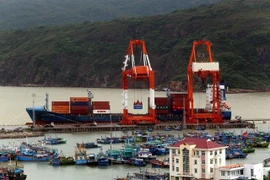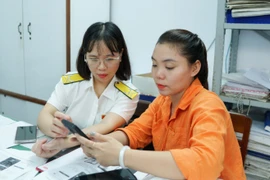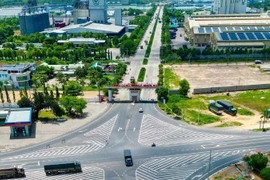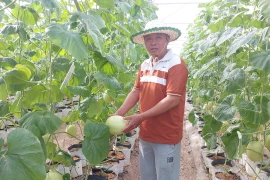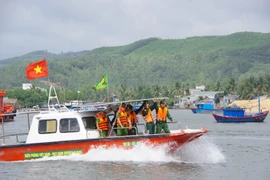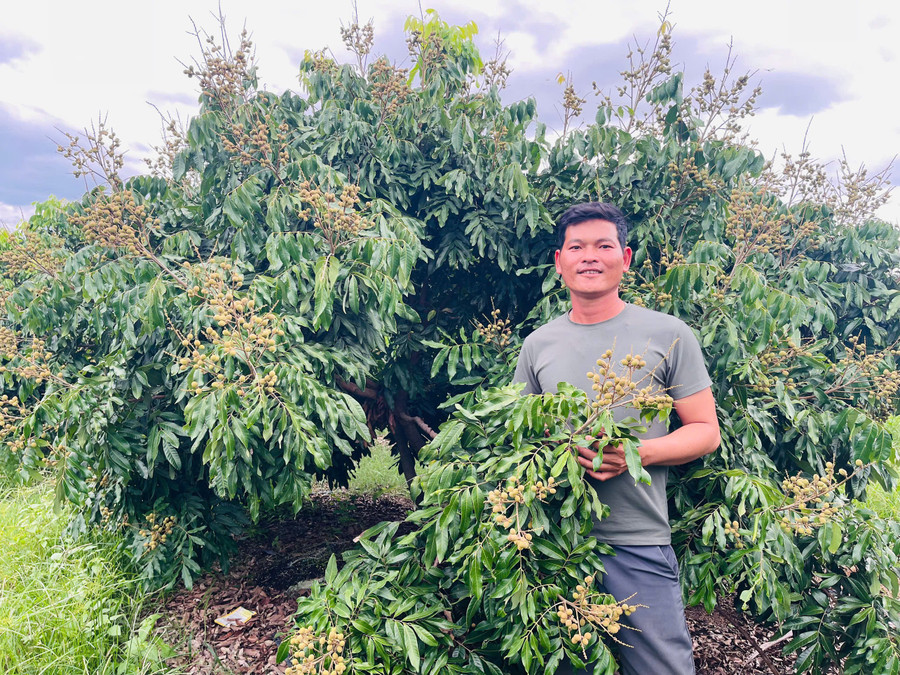
From arid land to thriving orchards
Dang Quang Hai’s 3-hectare orchard in Kim Nang hamlet, once limited to cassava, sugarcane, and cashew due to poor soil quality, now produces longan, guava, and coconut.
Hai said his family had experimented with crops including sugarcane, cassava, watermelon, and leafy vegetables, but yields were low and prices unstable.
In 2020, inspired by a visit to Quang Ngai province, he introduced 500 pear guava saplings on one hectare.
“After just over a year, the guavas bore fruit. Neighbors praised their taste, and initial orders confirmed the potential.
Currently, I harvest 1.5 to 2 tons per month, with peak periods yielding 200–300 kilograms daily, sold locally at 20,000–25,000 VND per kilogram,” Hai explained.
In 2021, Hai planted 3,000 Huong Chi longan trees but faced challenges with fruit splitting during rain. He later grafted the T6 longan variety.
By 2024, nearly 300 T6 trees yielded 15 tons, selling at 30,000 VND per kilogram. Today, 900 trees are expected to produce over 30 tons in the next harvest.
Hai emphasizes organic-oriented production and modern cultivation techniques, including pruning to stagger fruiting for a steady market supply.
In 2023, his Hai Hung pear guava received a provincial 3-star OCOP certification. The longan orchard is registered for VietGAP-standard production, targeting safe, high-quality fruit for expanding markets.
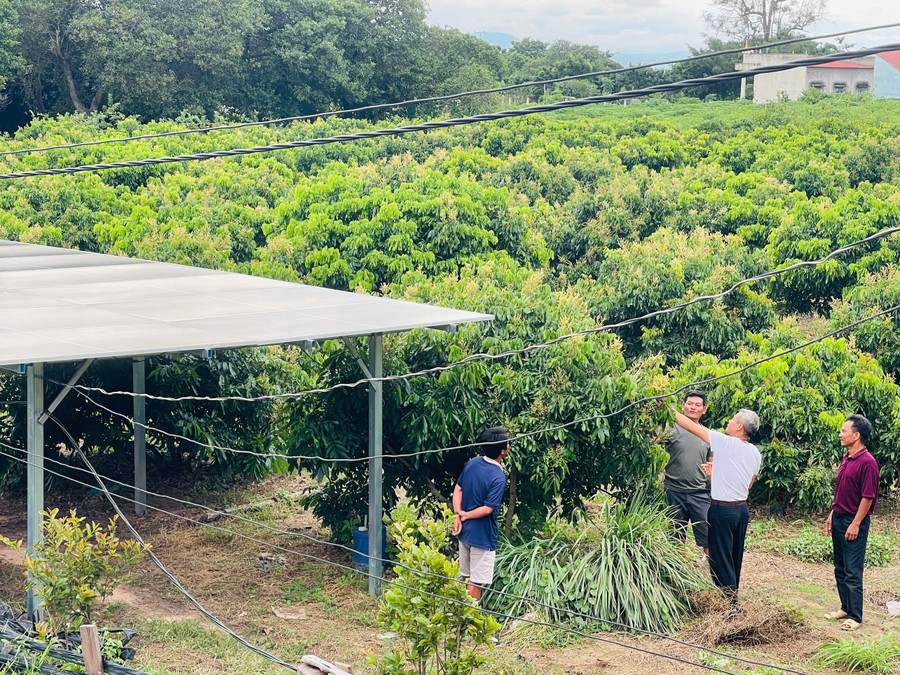
Cooperative model strengthens local agriculture
To promote sustainable fruit cultivation, the Hai Dang Agricultural and Service Cooperative was established in early August with 16 members. The cooperative supplies seedlings, technical guidance, irrigation systems, and processing services adhering to VietGAP and OCOP standards. Hai was elected director. Currently, members manage six hectares of fruit trees, primarily longan, guava, and coconut.
Local farmers are quickly adopting fruit cultivation. Ta Van Vien replaced unproductive cashew with longan and intercropped passion fruit for short-term income. Dinh Van Manh converted 0.5 hectares of sugarcane to longan, supported by the cooperative’s irrigation and solar-powered water systems. Both farmers highlight the cooperative’s role in securing markets and technical guidance.
“The cooperative gives us confidence to restructure crops. I plan to convert all seven hectares of my land to fruit trees to increase income and improve livelihoods,” Manh said.
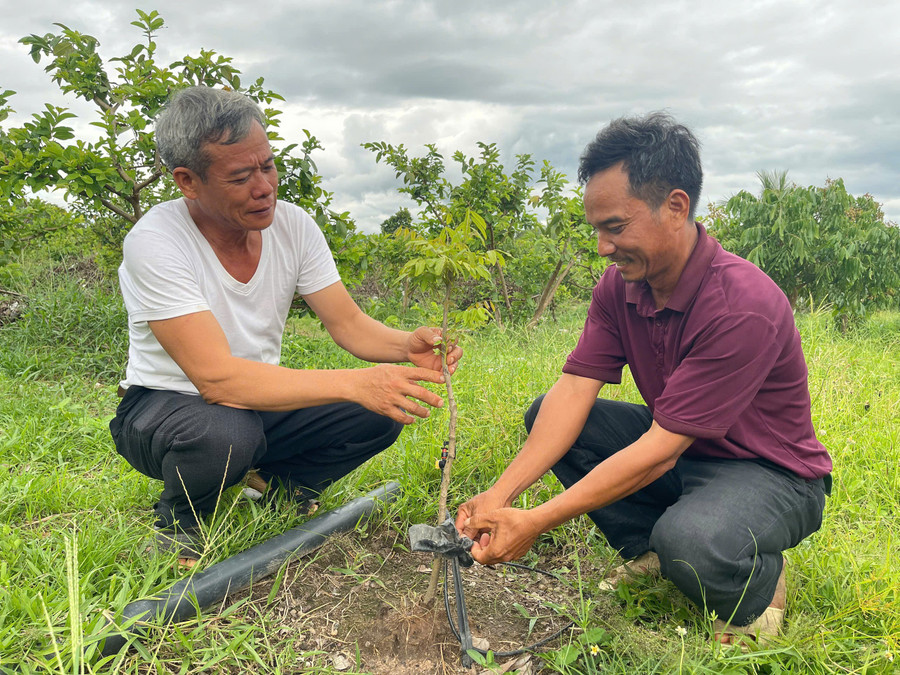
Government support and future prospects
At the cooperative launch, Le Tien Manh, Chairman of the Ia Pa Commune People’s Committee, noted the significance of collective economic models. “The cooperative reflects farmers’ awareness of sustainable agriculture. It will help build value chains, apply science and technology, and boost productivity and income,” he said.
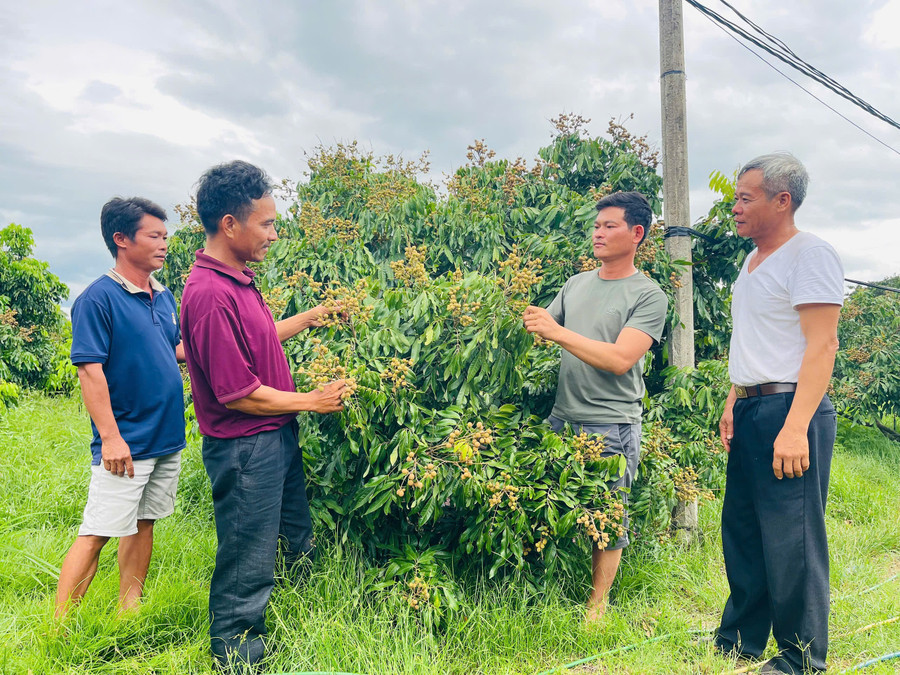
The commune plans to coordinate funding programs and provide resources to expand cooperative activities, supporting socio-economic development and sustainable agricultural growth in Ia Pa.












